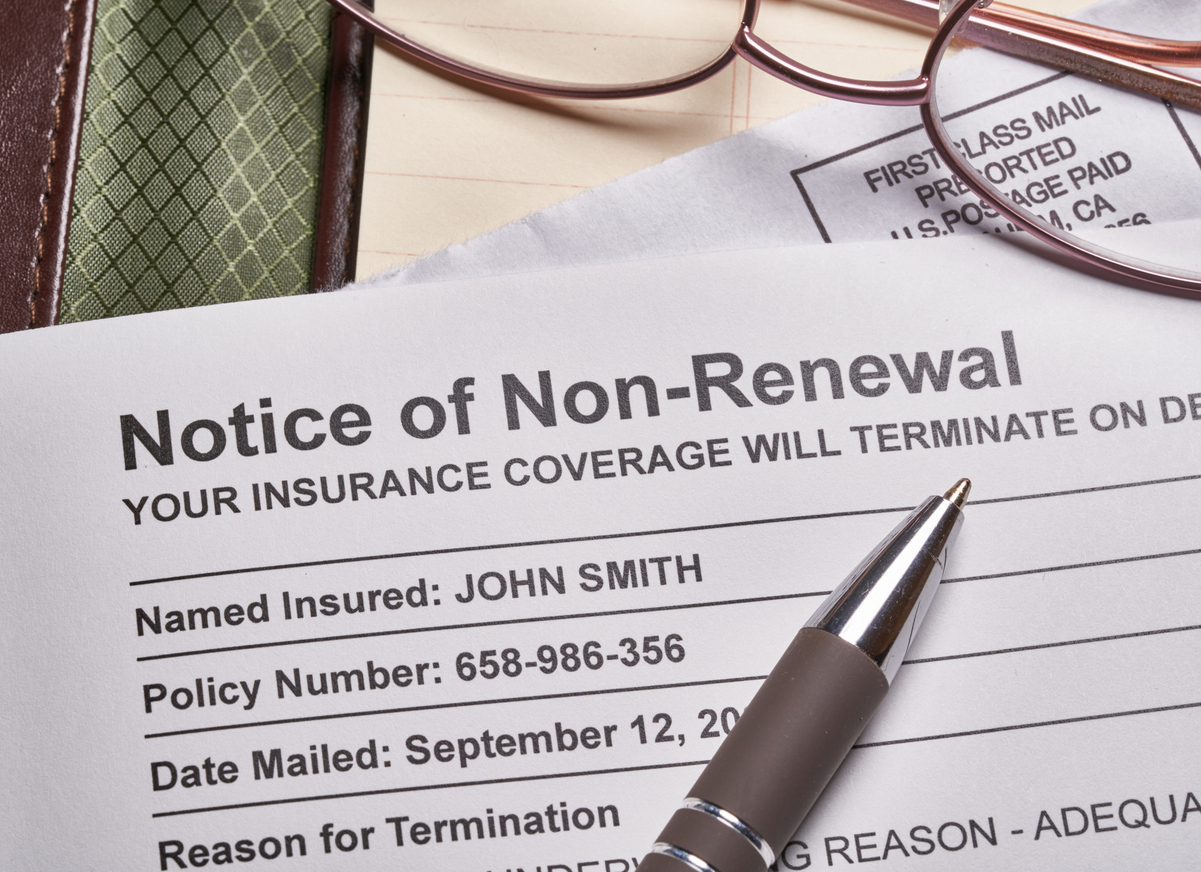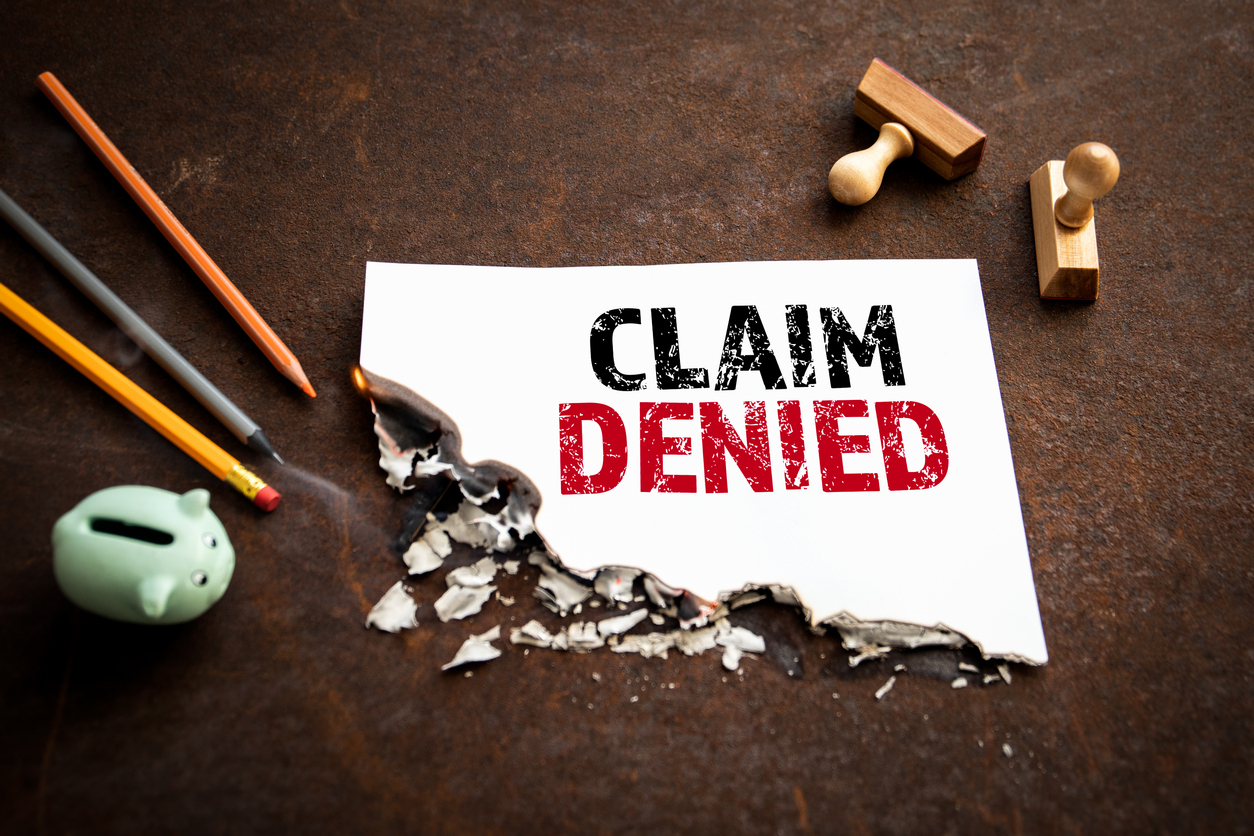After my blog last week on calculating actual cash value (“ACV”) in Florida, a reader requested that my next blog cover the state of California.
California courts follow the “Fair Market Value” test, i.e. what a willing buyer will pay to a willing seller. In Sierra Pacific Power Company v. Hartford Steam Boiler Inspection & Insurance Company,1 the insured sought replacement cost value for the insured property, a dam, which was destroyed by flood. The insurer contended that it was not liable to pay the replacement cost since the dam was not rebuilt within two years from the date of loss. The policy provided, “in the event of loss or damage to property which is not repaired, rebuilt or replaced within two years from the date of loss or damage, the company shall not be liable for more than the actual cash value…of the property destroyed.” The Sierra court determined that the actual cash value for the dam is determined using replacement cost reduced by the appropriate depreciation.2
Under California law, ACV means fair market value (“FMV”). Jefferson Ins. Co. v. Super. Ct. (May), 3 Cal.3d 398, 402, 90 Cal.Rptr. 608, 475 P.2d 880 (1970). FMV is most commonly determined “by way of market data on sales of comparable property.” Redevelopment Agency of Long Beach v. First Christian Church of Long Beach, 140 Cal.App.3d 690, 189 Cal.Rptr. 749, 753 (1983) (disapproved of on other grounds by Los Angeles County Metro. Transp. Auth. v. Continental Dev. Corp., 16 Cal.4th 694, 720, 66 Cal.Rptr.2d 630, 941 P.2d 809 (1997)). In cases where there is no relevant market, however, the FMV may be “determined by any method of valuation that is just and equitable.” Id. (quoting Cal.Code Civ. Proc. § 1263.320(b)). Specifically, “[r]ecognized alternatives to the market data approach to valuation are reproduction or replacement costs less depreciation or obsolescence.” Id. (citing Cal. Evid.Code § 820).
Moreover, California courts establish that “[i]f [Insurers] want to determine ‘actual cash value’ on the basis of replacement cost less depreciation all [they] ha[ve] to do is say so in the policy…. This can be accomplished by using words such as ‘actual cash value, with proper deduction for depreciation.’ ” Cheeks v. Cal. Fair Plan Ass’n, 61 Cal.App.4th 423, 71 Cal.Rptr.2d 568, 572 n. 5 (1998) (quoting Hughes v. Potomac Ins. Co., 199 Cal.App.2d 239, 18 Cal.Rptr. 650, 658 (1962)) (emphasis added). The policy provision at issue here, the valuation clause, contains exactly that language: “actual cash value (with proper deduction for depreciation) of the property destroyed.”
Sierra contends that the dam’s ACV should be calculated as the full replacement cost without any depreciation. None of the cases it cites supports that proposition, however, as they all included deductions for depreciation. See Leslie Salt Co. v. St. Paul Mercury Ins. Co., 637 F.2d 657, 660 (9th Cir.1981) (“the actual cash value of the property damaged … shall be … ascertained according to such actual cash value with proper deduction for depreciation”); Redevelopment Agency of Long Beach v. First Christian Church of Long Beach, 189 Cal.Rptr. at 753 (“[r]ecognized alternatives to the market data approach to valuation are reproduction or replacement costs less depreciation or obsolescence.”)
Furthermore, California statutory law provides that in cases of total loss to a property, the measure of actual cash value shall be either the policy limit or the fair market value of the structure, whichever is less.3
One California court has ruled that the term ACV does not mean “replacement cost less depreciation.”4
In California, in determining ACV and using the replacement costs less depreciation method, labor costs may not be depreciated. Insurers are prohibited by 10 CCR § 2695.9(f)(1) from depreciating labor costs in determining ACV. The Regulation provides:
Under a policy, subject to California Insurance Code Section 2071, where the insurer is required to pay the expense of repairing, rebuilding or replacing the property destroyed or damaged with other of like kind and quality, the measure of recovery is determined by the actual cash value of the damaged or destroyed property, as set forth in California Insurance Code Section 2051. Except for the intrinsic labor costs that are included in the cost of manufactured materials or goods, the expense of labor necessary to repair, rebuild or replace covered property is not a component of physical depreciation and shall not be subject to depreciation or betterment.
Emphasis added.
If you have a particular state you would like me to address in an upcoming blog on calculating actual cash value, feel free to write your request in the comments section.
Until next week, here is the California State Song:
//www.youtube.com/embed/mjaSPPb81jQ?rel=0
1 Sierra Pacific Power Company v. Hartford Steam Boiler Inspection & Ins. Co., 490 Fed. Appx. 871 (9th Cir. 2012).
2 Id. at 874-875.
3 Cal. Ins. Code § 2051(b)
4 Jefferson Ins. Co. v. Superior Court of Alameda County, 3 Cal. 3d 398 (1970).



